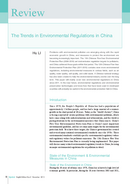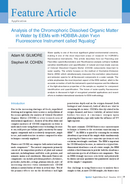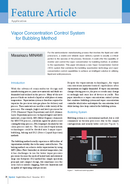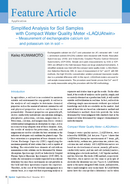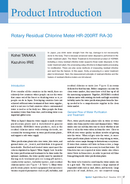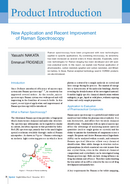PDF
1.53
MB

Semiconductor Device Progress and Latest Mass Flow Controller Trends
Author: Tetsuo SHIMIZU
– The Japanese semiconductor device industry has been losing momentum, and companies in the industry are making efforts to rebuild their profit structures. However, if we look at the industry worldwide, it still has momentum. Production output of semiconductors increased by approximately 60% during the 12 years between 200 and 2012, oligopolies are forming, and 3 major companies make up about 60% of total investment. Technologies for smaller semiconductor devices are emerging, and immersion double patterning exposure, EUV exposure, and DSA technologies are being researched for manufacturing semiconductor devices at the 10-nm level. Also, a 450-mm wafer consortium has been formed, mostly with members from Europe and the US, which is starting to investigate the practical use of large-diameter wafers. As technologies are refined and the industry considers moving toward large-diameter wafers, the requirements for fluids and gases used during film depositing, and etching, etc. are becoming stricter. This paper will discuss the latest mass flow controller (MFC) trends that go along with the industry’s move toward smaller semiconductor devices and large-diameter wafers.



